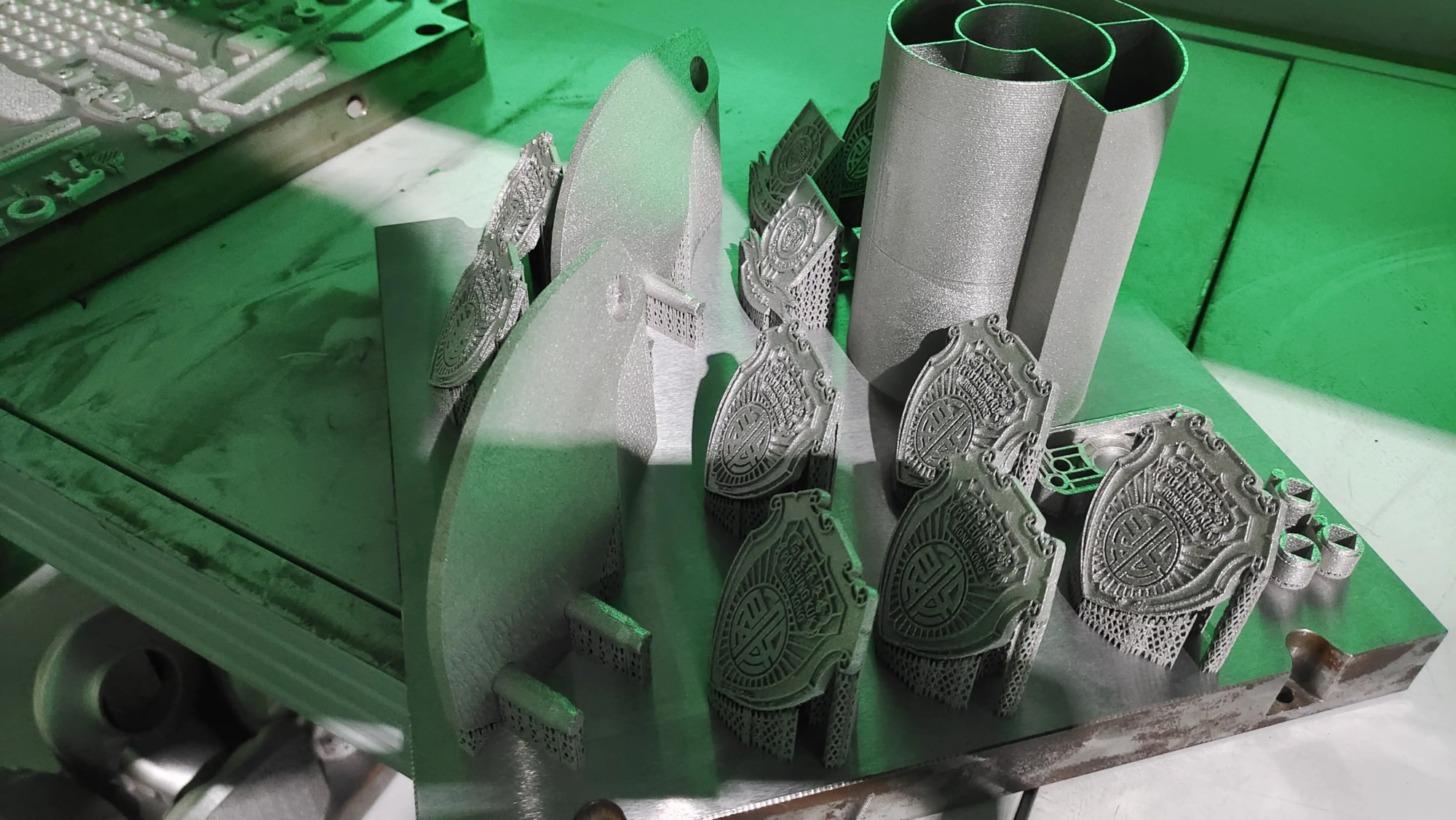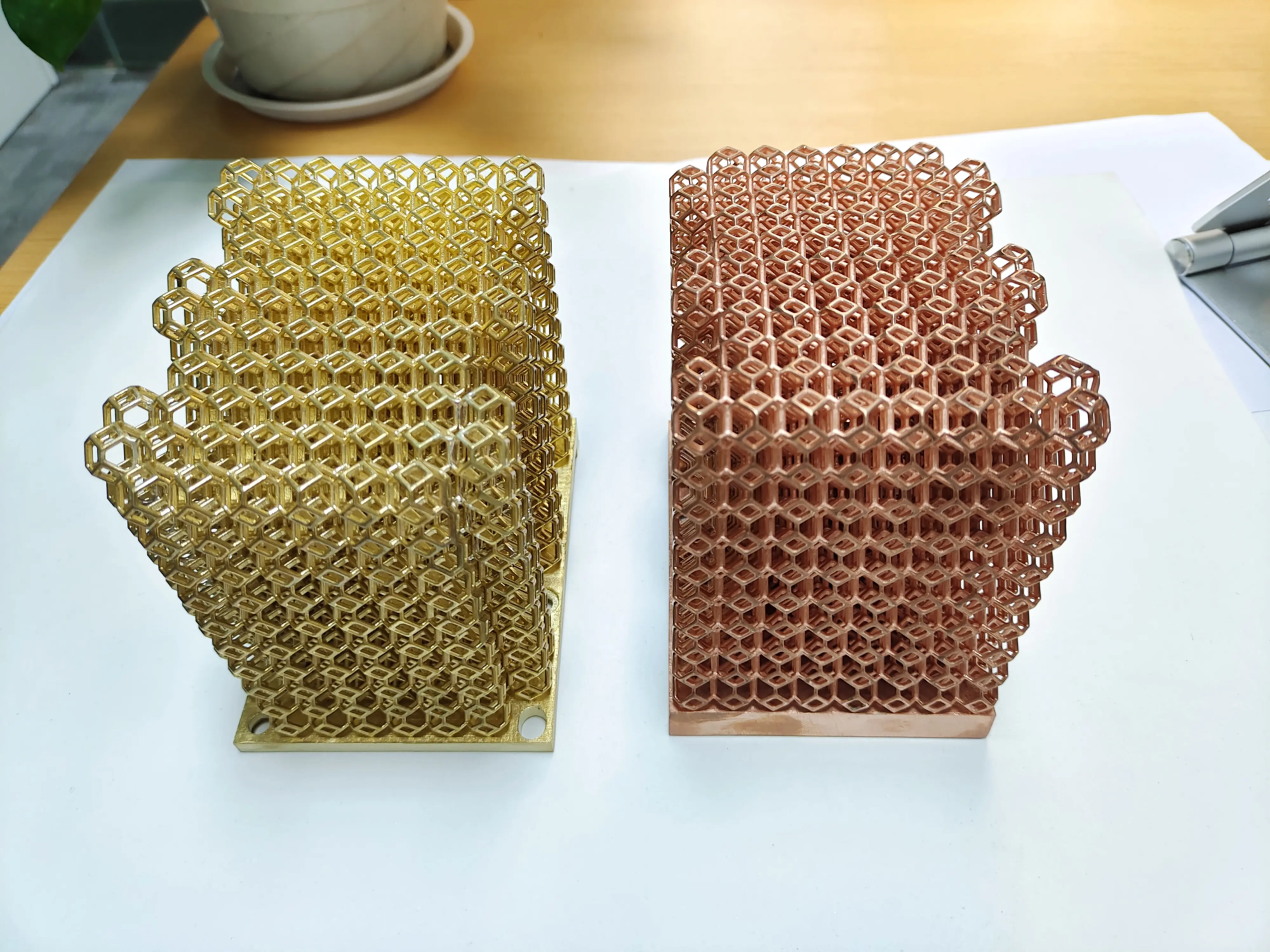The Art of Bonding: Skirts and Hat Brims in 3D Printing
In 3D printing, the first layer of bonding can make or break a project. Prints falling off the bed, deforming, or failing during processing are common problems. Two simple yet powerful solutions –skirt and edge– as adhesion aids, but their applications vary widely. Whether you’re a hobbyist or an engineer prototyping mission-critical components, here’s how to leverage both for flawless printing.
Understanding Skirts: Minimalist Assistant
What is a skirt?
The skirt is printed in one line (or multiple lines) About your model without touching it. Think of it as a warm-up exercise for the printer: It primes the nozzle and verifies the flatness of the bed by establishing a smooth flow of filament.
Main uses and advantages:
- Nozzle filling: Remove any remaining filament and ensure consistent extrusion.
- Leveling check: Reveal bed unevenness issues before the actual print begins.
- Interlayer adhesion: Lightly heat the bed surface near the model.
- Minimal material waste: Use a negligible amount of filament – usually 1-3 rings.
- Zero removal effort: Easily separates after printing.
Suitable:
- Print has a sturdy, flat base.
- Materials with low tendency to warp (e.g. PLA).
- Rapid prototyping where bed adhesion is not a critical issue.
Edge of Reveal: Twisted Defender
What is a hat brim?
The edge extends from the edge of the model as a flat, connected layer of filaments (like a sun hat). It greatly increases the surface area contacting the bed and secures corners that are easy to lift.
Main uses and advantages:
- Battle Twist: Essential for high shrinkage materials (ABS, Nylon) and large prints.
- Edge stability: prevention "Curling" In thin features such as support structures.
- Wider grip: Adds 5–20mm outward from the model (user configurable).
- Bed Adhesion Insurance: Crucial for environments prone to deformation (cold wind, uneven cooling).
Suitable:
- Tall or thin parts (e.g. towers, statues).
- High temperature materials (PETG, ABS, PC).
- Print with minimal contact area with the bed (e.g. sharp corners).
Skirts vs. Hat Brims: A Direct Comparison
| factor | skirt | edge |
|---|---|---|
| Contact model | without any | Direct connection |
| Adhesion support | low (indirect) | High (physical anchor) |
| Materials used | Very small (≤0.5g) | Medium (varies with model size) |
| Remove difficulty | trivial | Needs pruning/scraping |
| Main use cases | PLA printing, nozzle primer | ABS/nylon, twisted geometry |
When to choose:
- skirt: Regular printing with reliable adhesion.
- Hat brim: Troublesome materials, complex geometries or drafty rooms.
For extreme challenges (such as aerospace-grade resin), combine edges with raft or Adhesive (glue stick, hairspray).
Pro tips for optimizing adhesion
- Bed Calibration: Meticulous leveling – paper-tested thickness (0.1mm) ensures optimal nozzle clearance.
- Temperature adjustment: For edges:
- For high shrinkage filaments, increase the bed temperature by 5–10°C.
- Reduce the cooling fan speed for the first 3 levels.
- clean: Wipe the bed with >90% isopropyl alcohol between prints.
- Brim settings: Dial in Width Slicer Settings — 8–15 mm for balanced maintenance and post-processing.
- When to skip both: Rare! Skip only if using a specialized high-adhesion build plate with a simple PLA shape (such as PEI sheet).
Practical Applications of Professional Prototyping
In industrial settings, e.g. glow rapid prototypingwarpage is not an annoyance, but a cost risk. Printed through holes for titanium turbine blades SLM (Selective Laser Melting)edge equivalents (sacrificial supports) prevent thermal deformation of critical sections. Likewise, polymer medical implants utilize edge-like adhesion strategies to ensure dimensional accuracy under pressure.
Why this matters to engineers:
- Save materials: Reduce trial and error failure rate by 30% by optimizing adhesion.
- Dimensional fidelity: Skirts/edges counteract internal stresses in SLS, SLA and FDM processes.
- Speed: The edge enables high-throughput operations – critical for volume production.
in conclusion
Skirts and hat brims are seemingly simple tools but can have a huge impact on the success of your print. Skirt prepped for printer; Edge Defense Physics. For the hobbyist, mastering both means fewer scrapped models. For professionals such as engineers huge light– Strategic adhesion is non-negotiable for accuracy, time integrity and cost control.
As additive manufacturing evolves, these fundamentals remain the backbone of reliability. Whether you’re printing toys or turbine parts, start strong—and stick to it.
FAQ
Q1: Can skirts and hat brims be used together?
Yes – but that’s redundant. The edges have started to squeeze. use skirt alone for primer or edges alone Used for bonding.
Q2: Which bonding method is best for nylon?
Edges are essential. Use with 90°C+ beds, casings and glue sticks for a bulletproof finish.
Q3: The brim of my hat leaves marks or is difficult to remove. repair?
- Reduce edge width to 5–8 mm.
- Use a deburring tool or razor blade for clean removal.
- Increase the Z offset by 0.05 mm to slightly weaken the edge adhesion.
Q4: Why doesn’t my skirt stick to the bed?
It means that the bed flatness is poor, the surface is dirty or the bed temperature is low. Calibrate, clean and try 60°C (PLA)/65°C (PETG).
Q5: Do resin printers use skirts/edges?
Yes – equal "Grassroots level" Has a similar primer function in SLA/DLP printing.
Cooperate with precision
Struggling with prototype deformation or inconsistent adhesion? huge light Provide industrial-grade solutions:
- Metal/Plastic Prototyping: Take advantage of our SLM, FDM and SLS technologies and expert adhesion conditioning.
- Post-processing: Stress relief annealing, surface smoothing and precision machining.
- End-to-end service: From CAD to final part—fast, scalable, and material flexible.
Customize your rapid prototypes with China’s top suppliers—eliminate warpage, ensure accuracy, and accelerate R&D. Learn how GreatLight can solve your toughest 3D challenges.





